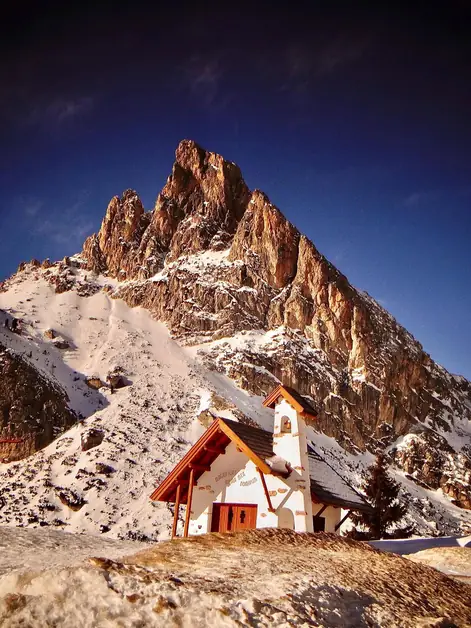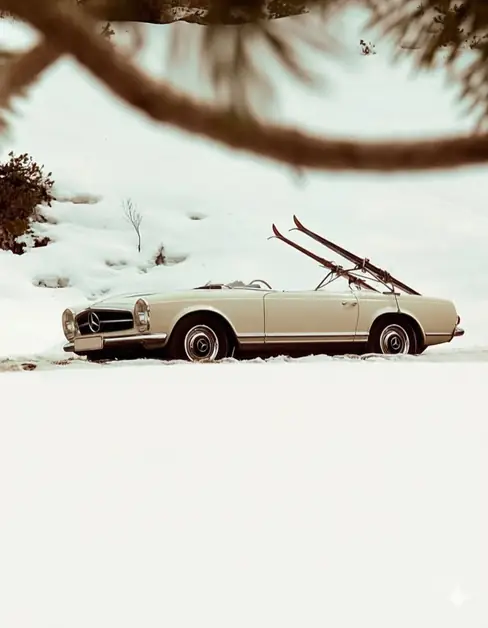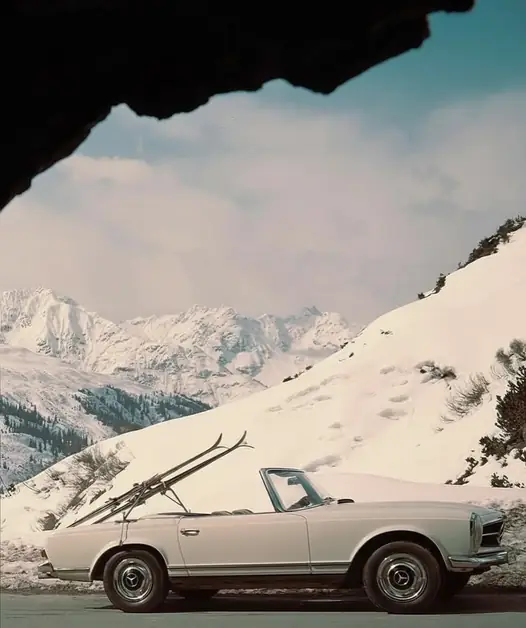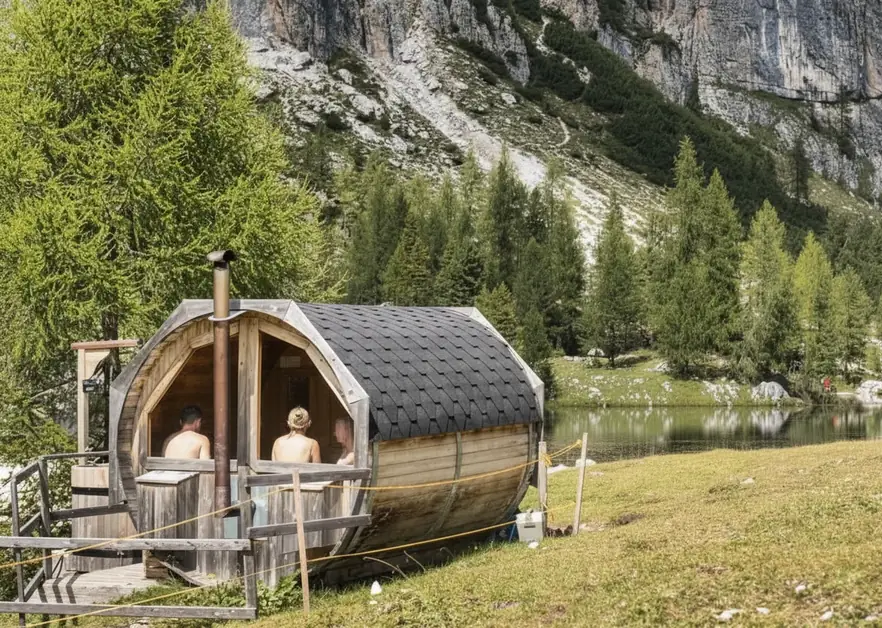Sass de Stria perfect destination for hikers and historians
Sass de Stria is a beloved Dolomite peak for its beauty and history, easily accessible and rich in World War I trenches.

What is Sass de Stria and why is it such a beloved destination for hikers?
Sass de Stria is a 2,477-meter-high Dolomite peak located between Passo Falzarego and Passo di Valparola. It is an exceptional panoramic point, easily reachable with a short but very scenic hike. It is loved by tourists because it combines nature, spectacular landscapes, and the history of World War I.
Where is Sass de Stria located and where does the normal route start?
The ascent starts near the small museum Forte Tre Sassi, at Passo di Valparola. We are in the Cortina d'Ampezzo area, just a few minutes from Falzarego. It is a point easily reachable by car and also by public bus.
What are the distances to reach the starting point of Sass de Stria?
From Cortina d'Ampezzo, it is about 18 km. From Alleghe, 25 km. From Val Badia, about 15 km. The passes are usually open, except for temporary closures in case of heavy snowfall.
Why is Sass de Stria so interesting from a historical point of view?
During World War I, Sass de Stria was a strategic observation point for the Austro-Hungarians. The area is rich in trenches, tunnels, barracks, and military positions. Today it is a true open-air museum, carefully restored to preserve the memory of the young soldiers who lived and fought here.
How challenging is the ascent to Sass de Stria via the normal route?
It is a relatively easy hike, with a height difference of about 300 meters. It requires a minimum of preparation and a sure step. Some sections have metal or wooden ladders and short rocky stretches.
Is the ascent to Sass de Stria suitable for children?
Yes, children can ascend if accompanied and well guided. They should be accustomed to walking in the mountains and not suffer from slightly exposed passages.
Is climbing Sass de Stria with a via ferrata set necessary?
No. Ferrata equipment is not necessary. There are some ladders and ropes, but they are easy to navigate. A flashlight is also not needed, as the tunnels are short and well-lit.
What is the initial part of the normal route to Sass de Stria like?
From Forte Tre Sassi, you ascend on clear tracks that lead to the first rocky outcrop. Here you encounter a huge boulder that was once painted blue. Steep ramps follow that lead up the center of the large inclined plane.
What can be found in the central area of the hike?
You arrive at a vast rocky plateau. The panorama becomes grand: you can see the Settsass, the Sella group, and, further away, the Marmolada. The entire area is rich in trenches, caves, and walkways from the Great War.
Is it recommended to visit the trenches and historical artifacts?
Yes. It is worth exploring the various positions calmly, as they are restored and offer an authentic immersion in history. It is an exciting and educational experience.
How do you reach the final peak of Sass de Stria?
The summit is clearly visible. To reach it, there are various alternatives: tunnels, rock fissures, or short external rocky sections. Some stretches are equipped, but they are not technically difficult.
Are there narrow passages along the way?
Yes, some rock fissures are very narrow. They may be uncomfortable for those with a very robust build, but they can be bypassed.
What is the final part of the ascent to Sass de Stria like?
After the last ladders and the restored trenches, you emerge onto the summit plateau. It is important not to get too close to the exposed edges to the south, as the wall drops steeply towards Falzarego.
What can be found at the top of Sass de Stria?
At the summit, there is a large cross and remains of military positions. From here, the panorama is extraordinary: one of the most beautiful in the Dolomites.
Which Dolomite groups can be seen from the top of Sass de Stria?
A 360° panorama can be admired: Lagazuoi, Tofane, Marmolada, Settsass, Sella, Cinque Torri, and many other peaks.
What is the best time to climb Sass de Stria?
Summer and early autumn. It is not recommended to climb with snow because the exposed slopes can be dangerous and the tunnels fill with snow.
How long does it take to complete the hike?
On average, it takes 1 hour to 1.5 hours to ascend and about 30 minutes to descend. Times vary based on stops to visit the trenches.
What kind of clothing is needed to climb Sass de Stria?
Even in summer, it is advisable to wear warm and windproof clothing. The altitude is over 2,000 meters, and the weather can change rapidly.
What dangers should be considered during the hike?
The main dangers are sudden thunderstorms, strong winds, slightly exposed sections, and slippery ground after rain. Caution is required.
Is this a suitable route for Nordic walking?
No, but trekking poles are very useful.
Is it possible to climb with snowshoes?
Absolutely not. Snow covers crevices, fissures, and tunnels, making the route extremely dangerous.
Are there resting or refreshment points near Sass de Stria?
At Passo di Falzarego and Passo Valparola, there are bars, restaurants, and services open year-round. The Forte Tre Sassi museum opens in the summer.
What is the main charm of Sass de Stria for a tourist?
The perfect mix of nature, history, and panoramas. It is a mountain that offers emotions, allows you to understand a piece of history, and provides unforgettable views of the Dolomites.




